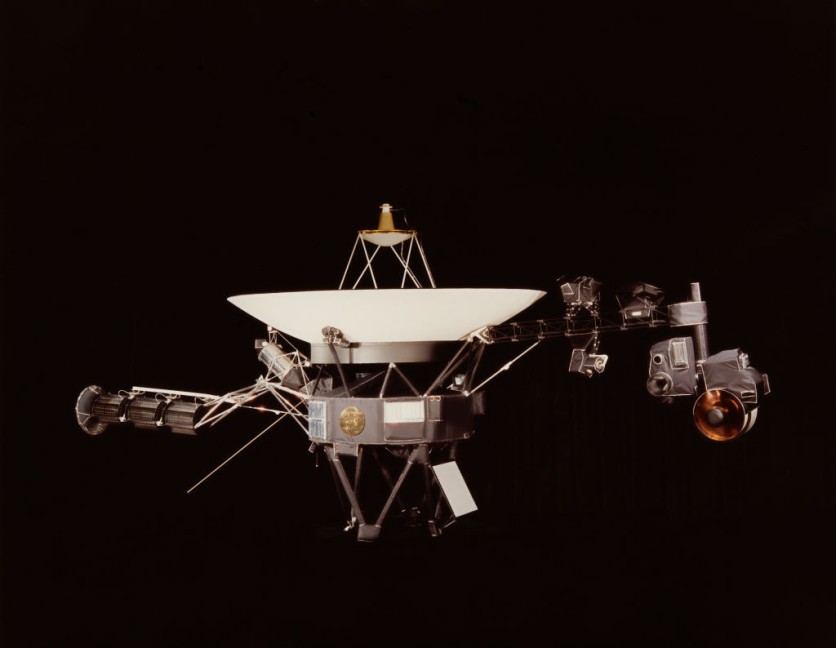NASA's Voyager 1 has returned usable data pertaining to its health and engineering systems for the first time in five months. This is reportedly a good sign it could resume normal operations and transmit science data again.
On Nov. 14, 2023, Voyager 1 reportedly ceased transmitting legible science and engineering data to Earth, notwithstanding mission commanders' observation that the spacecraft continued to receive commands and functioned correctly otherwise.

(Photo: NASA/Hulton Archive/Getty Images) NASA's iconic Voyager 1 spacecraft is experiencing a technical glitch that prevents it from transmitting scientific or engineering data back to Earth.
The Voyager engineering team at NASA's Jet Propulsion Laboratory in Southern California verified in March that the problem was related to the flight data subsystem (FDS), one of the spacecraft's three onboard computers.
The FDS must package the science and engineering data before it is transported to Earth.
FDS gathers information from the science instruments on board Voyager and engineering data regarding the spacecraft's condition, combining both into a single package that is sent in binary code to Earth. However, the team has been sending data in a continuous ones-and-zero pattern ever since the incident.
Read Also: NASA Is Giving the Moon Its Own Standard Time Zone - Why?
A Voyager Problem From Far, Far Away
Voyager 1's distance of 15.14 billion miles adds to its repair difficulty. Although the JPL experts knew they could not repair the chip, they may attempt to move the problematic code to a different location in the FDS memory.
The group found that one chip, which was in charge of storing a percentage of the FDS memory, including some software code for the FDS computer, was malfunctioning.
That code was lost, making the data from science and engineering useless. After failing to fix the chip, the team chose to relocate the impacted code to another location in the FDS memory.
However, no single site can accommodate the complete code section.
Therefore, they came up with a plan to split the impacted code into portions and store each section in a distinct location within the FDS.
For this strategy to succeed, they also had to modify those code parts so that, for example, they still worked as a unit. It was also necessary to update any references in other areas of the FDS memory that pointed to the location of that code.
The team plans to move and modify the remaining impacted sections of the FDS software in the upcoming weeks. They consist of the sections that will begin providing science data.
Voyager 1 Troubleshooting
The convoluted issue was initially characterized as such because the Voyager team had to spend weeks or possibly months devising a new strategy after initially failing to restart the FDS.
According to sources, resolving Voyager 1's issues entails reviewing records that date back decades, which makes it more challenging to comprehend the possible implications for spacecraft operations.
The troubleshooting process is further complicated by the intrinsic communication latency, which takes 22.5 hours for commands to reach Voyager 1 and 45 hours for response review.
Launched in 1977, Voyager 1 had an incredible space mission that explored the furthest reaches of our solar system. Mission management has used energy-saving techniques, such as shutting off heaters, to prolong the spaceship's life.
Related Article: NASA Ingenuity: See All 72 Flights of the Mars Helicopter in One Video

(Photo: Tech Times)
ⓒ 2025 TECHTIMES.com All rights reserved. Do not reproduce without permission.




